MCA has notified Insolvency and Bankruptcy Board of India (Model Bye-Laws and Governing Board of Insolvency Professional Agencies) Regulations, 2016 and Insolvency and Bankruptcy Board of India (Insolvency Professionals) Regulations, 2016 on November 21, 2016. These two regulations inter alia provide for the eligibility norms to be a professional member of an insolvency professional agency and … Continue reading “MCA has notified regulation on Insolvency and Bankruptcy Board of India on November 21, 2016”
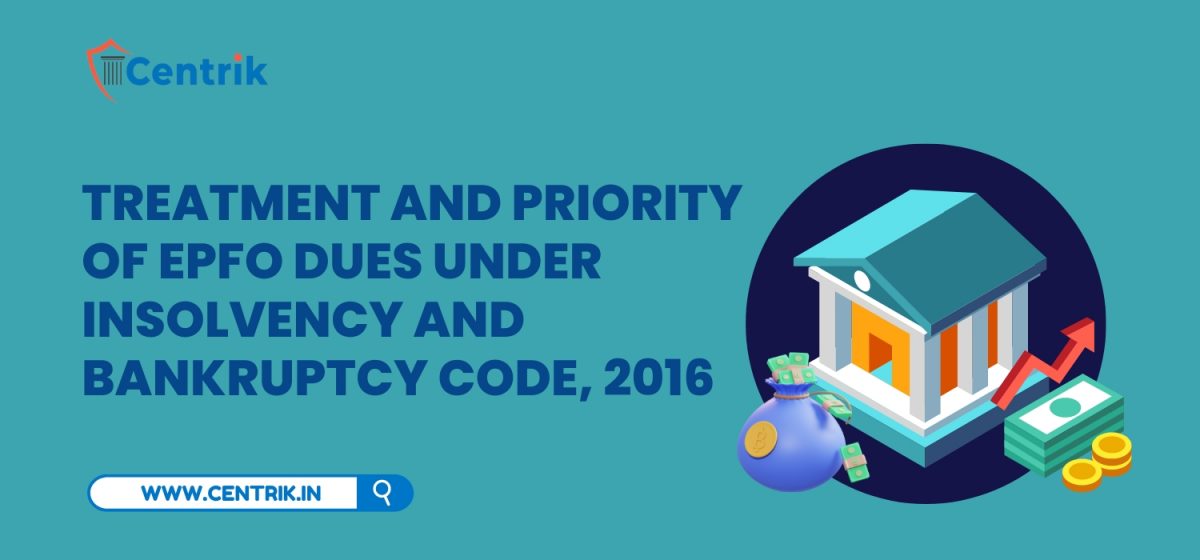
The provisions Insolvency and Bankruptcy Code, 2016 specifically provides for treatment for all sums due to any workman or employee from the provident fund, the pension fund and the gratuity fund. Further, in the present scenario there is much debate on the admissibility of the claim of EPFO under Sections 7Q and 14B for which … Continue reading “Treatment and Priority of EPFO dues under Insolvency and Bankruptcy Code, 2016 (“IBC”)”
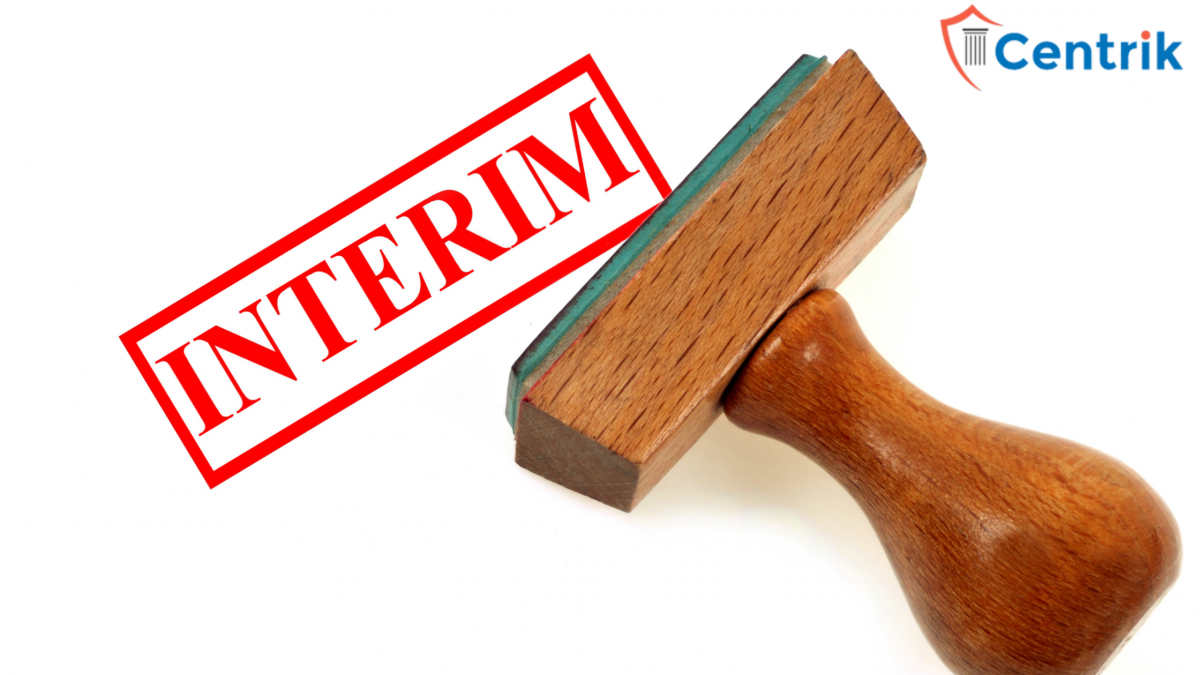
Interim Finance is defined under Section 5 (15) of the IBC, 2016 which means

Interpreting the Insolvency and Bankruptcy Code 2016 and sheds light on its significance in shaping the insolvency and bankruptcy landscape in India.
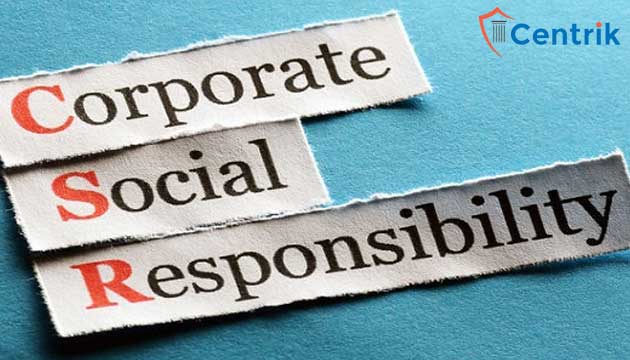
In the past few decades, business leaders as well as philosophers came up with a new phenomenon which is Corporate Social Responsibility (CSR). Under CSR Businesses are responsible to the society that exists around them. And under CSR only it becomes their moral duty to safeguard that society and help that society to grow.
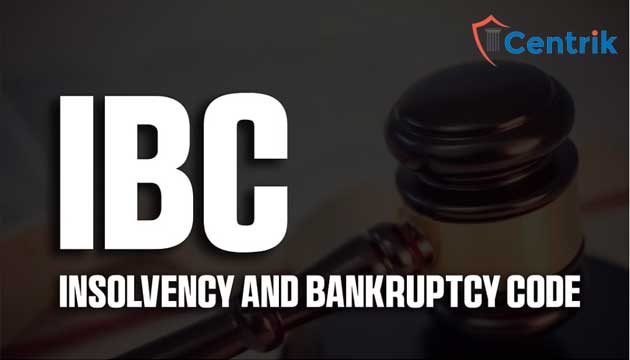
Main reasons for the delay is the spate of litigations by the promoters. Once the CIRP order is passed, the promoters get into the action with the sole objective of getting back the company at a cheaper price.

Being the least expensive and less time-consuming, Mediation is popular ADR in India. The mediator plays the role of a neutral party who helps the parties to have direct communication and assists in exploring the options and a mutually accepted agreement.

A recently evolved notion of co-relation of Principal amount and interest levied on it, for the purpose of Section 5(8) of the code and its implication in the application filed under Section 7.
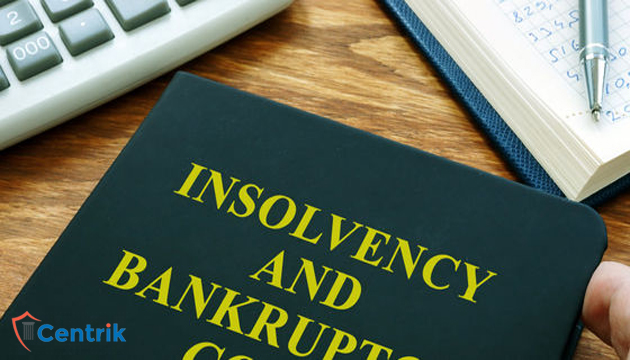
For India’s distressed debt, the Insolvency and Bankruptcy Code 2016 (IBC) was a game-changing change. It developed a tool to revitalize struggling distressed debtors, heralding a shift from previous resolution and recovery methods.
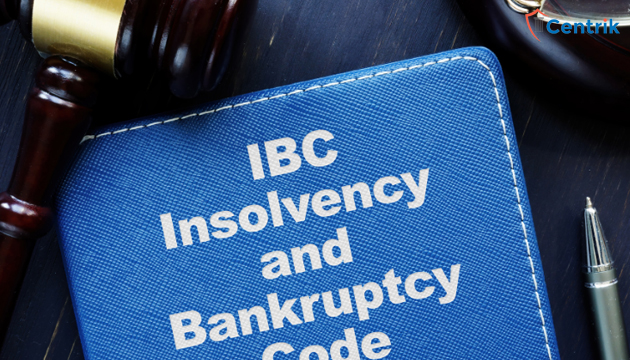
The code has helped the creditors to recover their amount from defunct companies and bring them back to their actual position. IBC was introduced so as to reduce India’s long-standing problem of NPAs.
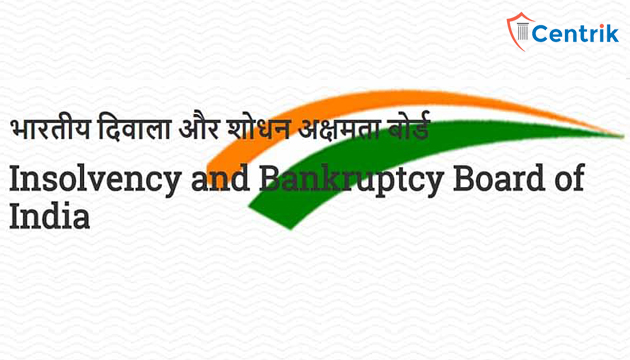
Insolvency and Bankruptcy Board of India (IBBI) mentioned the assignment of not readily realisable assets (NRRA) in the discussion paper on Corporate Liquidation Process dated 26 August 2020.

The enforcement proceedings for the foreign award (under S. 47-48) are the last and final stage where the debtor can resist the award from becoming binding/ enforceable for grounds listed under Section 48 of the Arbitration Act.

Insolvency Professionals eligible to be appointed as Liquidator alongside written consent form within 10 days of the direction issued, and upon receipt of the proposal, the order of appointment of Liquidator is passed.

IBC was introduced to reorganise, restructure or to consolidate the existing framework into a single law for the purpose of Insolvency and Bankruptcy.
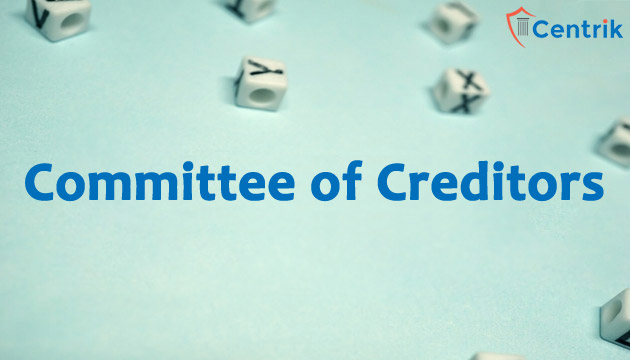
The Committee of Creditors (CoC) is the preeminent dynamic body in a Corporate Insolvency Resolution Process (CIRP). Choices with respect to the organization of the corporate borrower are taken at the gatherings of the Committee, in light of a dominant part vote of the individuals.















 join For Updates
join For Updates